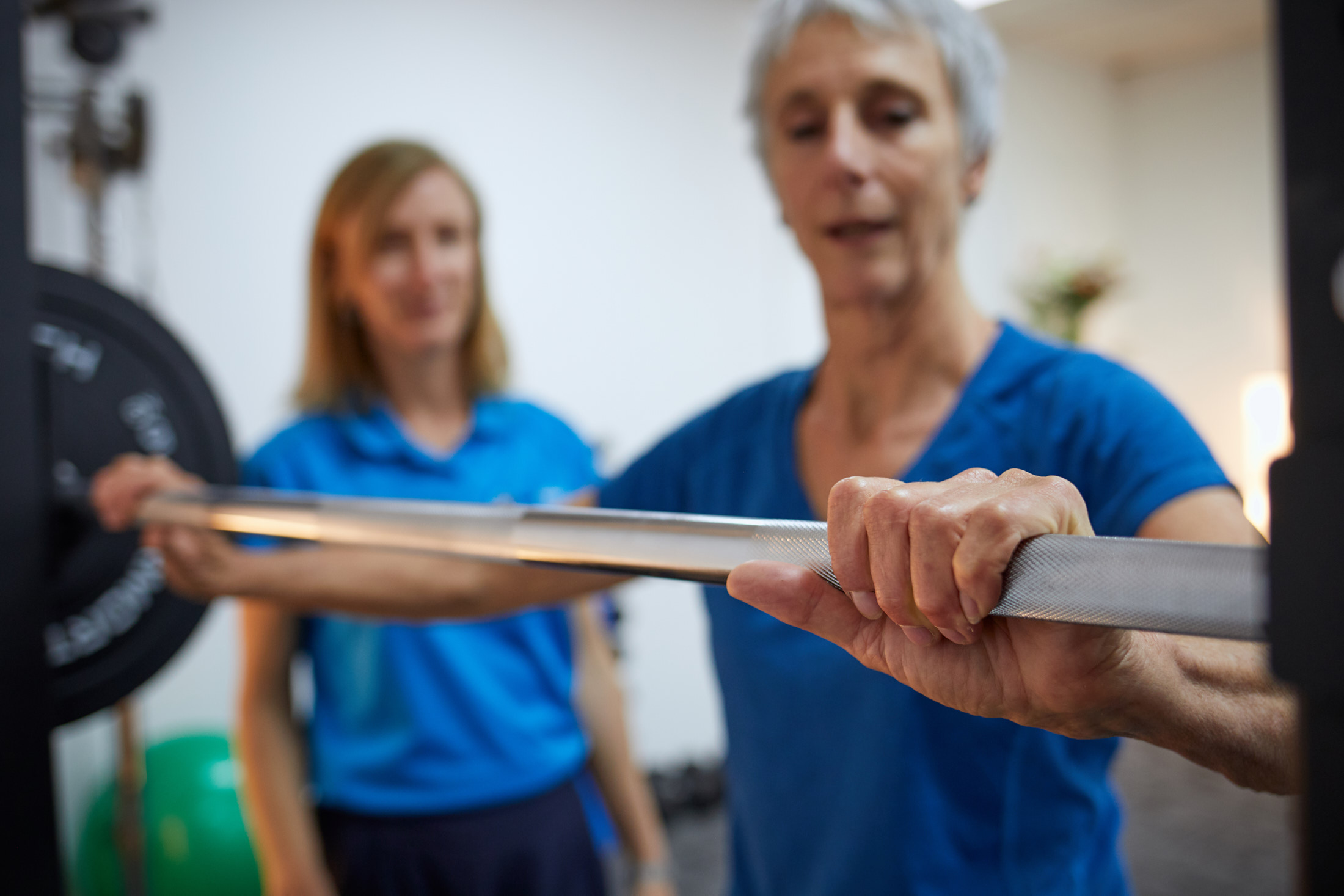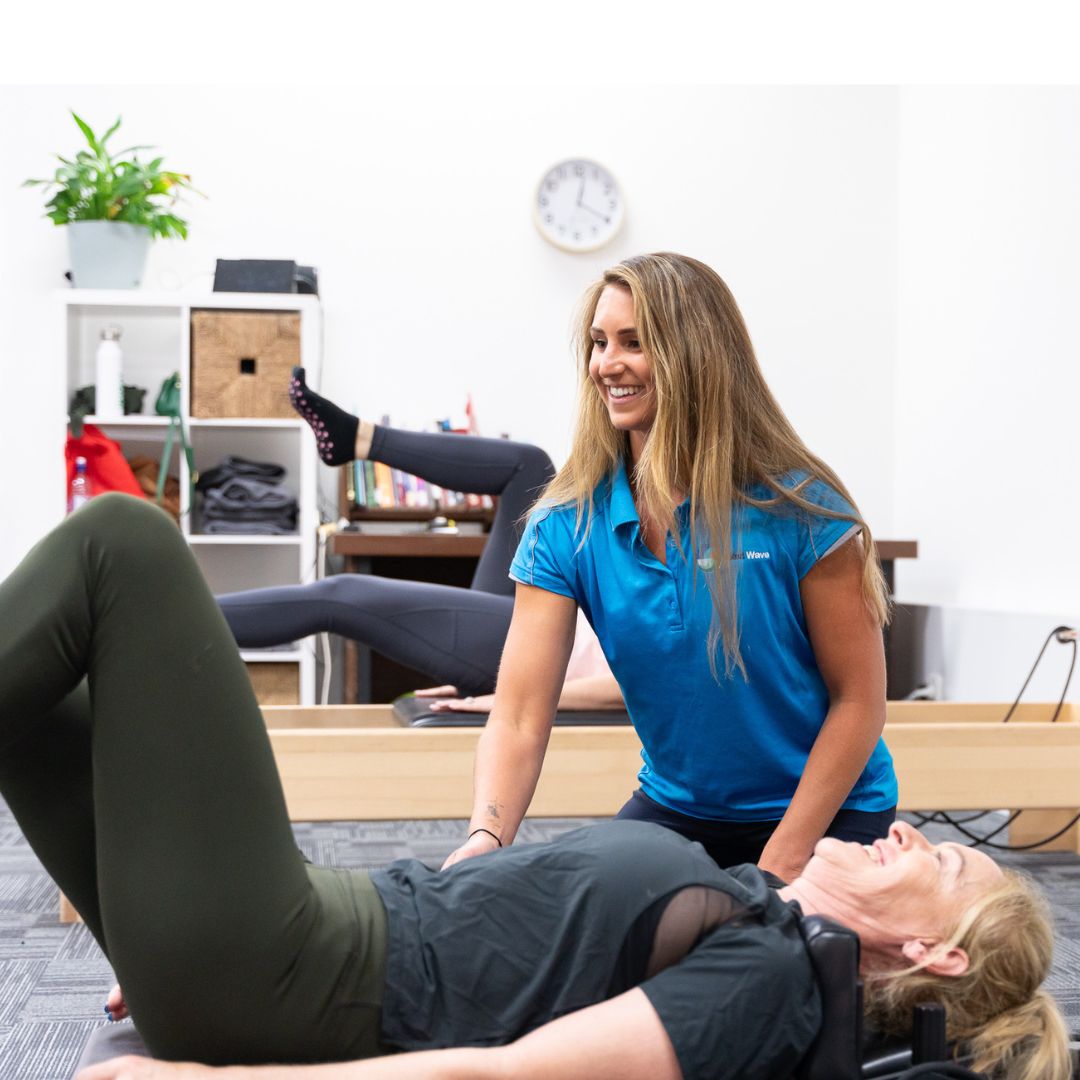Resistance training gives strength in life
Strength and Resistance Training helps people achieve WHO guidelines for physical activity
Do you know the World Health Organisation (WHO) guidelines for exercise?
Most people know the 150 minutes of moderate intensity, heart raising exercise per week. Did you know these guidelines also include recommendations for resistance/strength training?
There have been hundreds of studies looking at the benefits of strength training. The results are pretty clear that strength training is for everyone! And we mean everyone!
WHO lists physical activity as being beneficial for:
-
hearts, bodies and minds
-
preventing and managing noncommunicable diseases such as cardiovascular diseases, cancer and diabetes
-
reducing symptoms of depression and anxiety
-
enhancing thinking, learning, and judgment skills
-
ensuring healthy growth and development in young people
-
improving overall well-being
Check out the World Health Organisation (WHO) exercise guidelines for full details
Strength and Resistance Training for Older Women
Do you feel like weight lifting is not for you?
In our experience older women tend to avoid strength training in favour of other forms of exercise such as walking, pilates and yoga. The 2 most common fears we see in older women are fear of falling and fear of bone density reduction.
The irony is that when addressing these 2 fears, you are hard pressed to find a better solution than strength and resistance training.
Studies have shown that resistance training builds strength in life which
-
reduces the number of falls women have
-
reduces the risk of falling
-
slows bone density decay over a 6 month program and shows improvement in bone density over a 12 month program.
Strength in Life Resistance Training for Parents
Many people especially parents have time pressures preventing them from exercising.
Kids, groceries, school, work, social life, bills … where does your own health fit in?
Sometimes it is hard to keep up with it all, we get that. What if we told you about a way that you can achieve minimum physical exercise requirements twice a week, for 40-60 minutes at a time?
It doesn’t take much for appropriate strength training to take effect. Just 40 minutes twice a week is all you need to find large improvement (provided you have a well designed program). Build and maintain strength for years to come.
The icing on the cake is that an appropriately designed strength training actually boosts your resting metabolic rate (7.7% increase after 16 weeks of training). So that means it actually works as a lasting energy boost!
Do you think you would be able to find that time?
Strength and Resistance Training for Tradies
Working a trade is tough work.
Commonly we hear tradies talking about developing ‘tradie’s back’ or other such ailments. Studies have looked into the loads that manual workers are exposed to on a daily basis. The results show that workers experience forces that parallel elite sportspeople… however physical workers do not get the same muscle developmental effects!
This means that a day of labour will leave you feeling like you had a big day of training, but without as many of the benefits. This becomes a little bit of a recipe for injury, as your body is constantly fatiguing itself, but not reaping large strength benefits. The solution to this problem (besides getting good sleep, eating healthy and drinking lots of water) is to add in strength training.
An appropriately programed strength program will
-
reduce fatigue
-
build strength.
-
reduce your risk of injury at work
-
reduce fatigue caused by work
-
increase the longevity of your career.
Strength and Resistance Training for Athletes
Getting the most out of your sport demands strength.
Whether you are looking for performance or for enjoyment in your sport, strength is for you. For the people that find they pull up sore from sport, and it takes days to recover from the weekend. Training your body to cope with increased loads in the form of strength training will help you recover better from competition.
For those people pushing peak performance, training regularly, doing technique work or anything else of the likes. Strength training creates a strong base from which you will receive greater benefits from your training.
If you want to develop your speed, so you can be first to the ball, you will need to train speed. But before you do that your body needs a high strength level to make the most of speed or power development. It is a commonly repeated statement, that you need to be able to squat 1.5 times your body weight before you can effectively develop speed/power in training. Can you do that?
Lastly, injury prevention plays a huge role in enjoying your sport long-term. By training your strength you better equip your body to deal with the high forces of sport, and better your chances to stay injury free during the season.
Strength and Resistance Training for Weight Loss
Have you been trying to lose weight?
Well if so then exercise probably isn’t your first port of call (weight loss is 70% diet after all!). But not all exercise forms are created equal in regards to weight loss. There has been a long standing belief that cardio is the only way to lose weight… this is a myth!
Cardio is a suboptimal, not fun method of weight loss. Hard on your body, hard on your motivation.
Strength training improves resting metabolic rate (7.7% improvement in males after a 16 week strength program), this increase is a better method of long-term fat loss and maintenance.
Strength training is also much easier to keep up through any unforeseen injuries, whereas an injury will completely knock you out of running or some other inferior exercise form!
Be advised however that the number on the scales may not change a lot though! That’s because you will be getting rid of fat, but gaining muscle, which is of course heavier than fat. So really we should be calling this “fat loss”, not “weight loss”… those numbers on the scale are so deceptive indeed!
Strength and Resistance training for children
Previously there has been a myth about kids not lifting weights.
This has been debunked entirely!
Strength training in kids helps to set them up for future success in sports and in general health and wellbeing through establishing healthy lifestyle habits with exercising often. Giving them the knowledge and ability to perform weights safely and effectively.
Kids develop strength fast!
One research paper observed that within 8 to 12 weeks of appropriate strength training, kids can get up to 50% stronger! It also has particularly good effects in those teenage years where they become a little more conscious of their image… creating a bit more confidence in themselves and their body is never a bad thing!
Resistance Training is for everyone
What do you do in your life that is difficult?
Do you wish you could do more exercise in your life, but feel you are not strong enough?
There are so many physical tasks in life we complete every single day. So many of these we can make easier by ensuring that we are the strongest, healthiest versions of ourselves.
Twice a week, an hour at a time is all that it takes. Provided you know how to exercise efficiently and effectively.
How to get started with a strength and resistance exercise program
So if aging gracefully, having functional fitness and being strong and healthy is your goal, we would suggest picking up some weights! But please do it under guidance of a trained physiotherapist.
Next Wave Physiotherapists have a special interest in strength training . After an initial assessment they will design a plan for you which begins in the studio. From there you may choose to continue your weights training in a gym or at home
If you want more information on the multiple health benefits from resistance training here’s a great article from the team at XBoom fitness
References:
Dahab, K., & McCambridge, T. (2009). Strength Training in Kids and Adolescents: Raising the Bar for Young Athletes? Sports Health, 1(3), 223-226, doi: 10.1177/1941738109334215
Lemmer, J., Ivey, F., Ryan, A., Martel, G., Hurlbut, D., Metter, J., Fozard, J., Fleg, J., & Hurley, B. (2001). Effect of strength training on resting metabolic rate and physical activity: age and gender comparisons. Medicine and Science in Sports and Exercise, 33(4), 532-541, doi: 10.1097/00005768-200104000-00005
Holtermann, A., Krause, N., Van Der Beek, A., & Straker, L. (2017). The physical activity paradox: six reasons why occupation physical activity (OPA) does not confer the cardiovascular health benefits that leisure time physical activity does. British Journal of Sports Medicine, 52(3), 149-150, doi: 10.1136/bjsports-2017-097965
Maestroni, L., Read, P., Bishop, C., Turner, A. (2019). Strength and Power Training in Rehabilitation: Underpinning Principles and Practical Strategies to Return Athletes to High Performance. Sports Medicine, 50(1), 239-252, doi: 10.1007/s40279-019-01195






